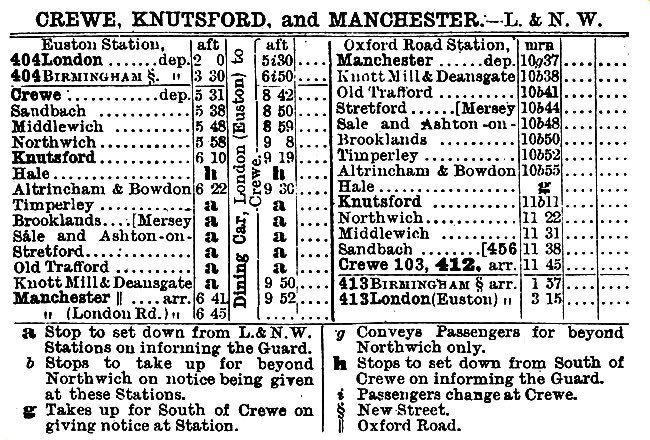So everybody who has made comments abouth the north are just following the subject of the OP. Interestingly, many of the 'grass is greener on the other side' comments refer to 'London', 'the south-east', or even just 'the south' as though each of those soubriquets refer to homogenous areas of transport adequacy and investment.
I don't think it's too bad a comparison, really.
North:
- web-like network of relatively slow services connecting a large number of dispersed but large conurbations, with some barely-adequate city services and a few high quality, high intensity services like Merseyrail, Metrolink and the Newcastle Metro etc. In many ways very similar to Switzerland or the Netherlands.
- Later-built motorway network also web-like, emphasizing that this does typify the transport demand.
- Funding difficulties due to economic situation being weaker.
- Large rural areas with low economic activity, but also large, sprawling conurbations where most work is located.
- Journeys typically relatively short (local) and multi-centric.
- Overcrowding issues due primarily to short trains.
South East (I think a better term than South, because from about Bournemouth west the South West is more like the North in railway terms):
- Primarily radial network of relatively fast or high-intensity services.
- Uni-centric - network is primarily geared up to London commuting and tourism.
- Funding more available due to high economic activity in London.
- Primarily rural and prosperous due to farming being added to by income from London commuters
- No real conurbations outside London, but large numbers of small to medium sized towns strung out along railway lines.
- Journeys typically longer and quicker (with one end being London) giving a high fares income per hour of journey time, which makes staff costs easier to cover. Local travel on trains confined really to smaller areas, bus, car and bike primarily used for local travel.
- Some areas of deprivation mainly in towns, but economy means these are not as difficult to address as in the North.
- Much more like France in rail topography and usage terms.
- Overcrowding issues, where they exist, are mainly due to infrastructure constraints.
I think they're fair "common characteristics" of each area in a transport sense?


